 Date: 2010-12-09 17:40:58Earth Environmental protection Clean Up Australia Litter Millennium Kids Environmentalism Educational psychology Environmental groups and resources serving K–12 schools Project-based learning Environment Education Environmental social science | |  Environmental Challenge Lesson aims No matter how young or old we are, we can all make a difference. After taking part in Schools Clean Up Day students will be familiar with Environmental Challenge Lesson aims No matter how young or old we are, we can all make a difference. After taking part in Schools Clean Up Day students will be familiar with
Add to Reading ListSource URL: www.cleanup.org.auDownload Document from Source Website File Size: 97,09 KBShare Document on Facebook
|

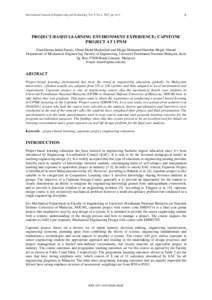
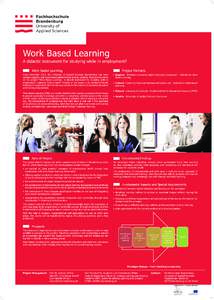
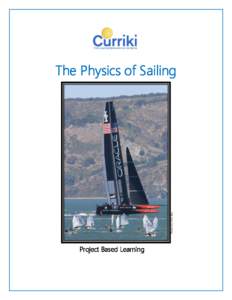
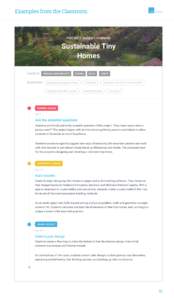
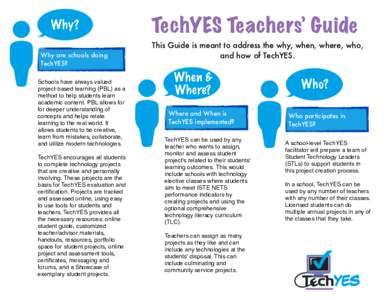
 Environmental Challenge Lesson aims No matter how young or old we are, we can all make a difference. After taking part in Schools Clean Up Day students will be familiar with
Environmental Challenge Lesson aims No matter how young or old we are, we can all make a difference. After taking part in Schools Clean Up Day students will be familiar with